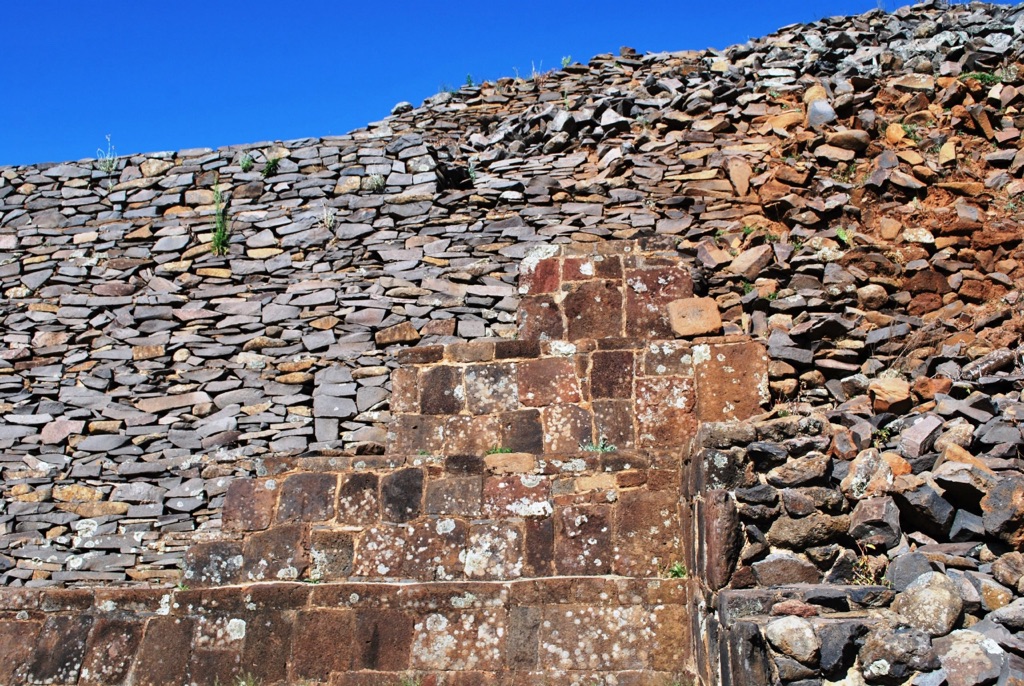Summary
The Historical Significance of Tzintzuntzan
Tzintzuntzan holds a remarkable place in history as the capital of the Purépecha empire during the post-classical period. This ancient city, whose name means “place of the hummingbirds,” was once a bustling metropolis teeming with trade, culture, and religious activities. Today, it stands as a testament to the engineering and artistic capabilities of its builders. Visitors to the archaeological site can wander through the remains of grand temples, plazas, and yácatas—rounded pyramidal structures unique to the Purépecha. The site’s strategic location on the banks of Lake Pátzcuaro provided a natural defense and trade advantages, contributing to the prosperity and significance of Tzintzuntzan in Mesoamerican history.
Get your dose of History via Email
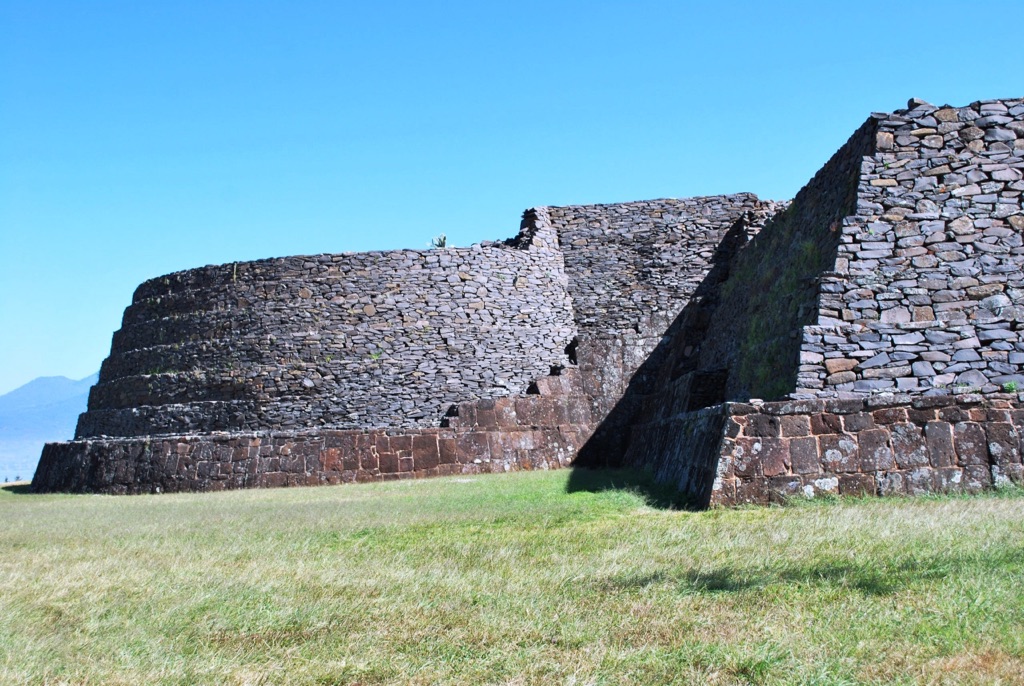
Architectural Marvels and Cultural Experience
Exploring Tzintzuntzan is a journey back in time, where each stone tells a story of ancient customs and lifestyles. The site’s well-preserved condition allows for a vivid portrayal of its grandeur with large ceremonial platforms and intricate carvings that have survived the ages. In addition to appreciating the monumental structures, visitors can engage with the rich Purépecha heritage. The nearby modern village of Tzintzuntzan carries on traditional crafts, music, and festivals, offering a living connection to the history of their ancestors and a chance to experience authentic cultural celebrations, such as the Night of the Dead, which gives a unique insight into local traditions and beliefs.
A Beacon for Historical Tourism at Tzintzuntzan
Tzintzuntzan’s importance goes beyond its ancient ruins; it serves as a gateway to the broader historical narrative of the Michoacán region. The site not only provides educational value but also boosts local tourism. Easy access to other historical sites in the region, such as Pátzcuaro and the Monarch Butterfly Biosphere Reserve, makes Tzintzuntzan an ideal starting point for historical and ecological tours. By visiting Tzintzuntzan, tourists support local economies and conservation efforts aimed at preserving this window into pre-Columbian life, ensuring that the echoes of the past will continue to inform and inspire future generations.
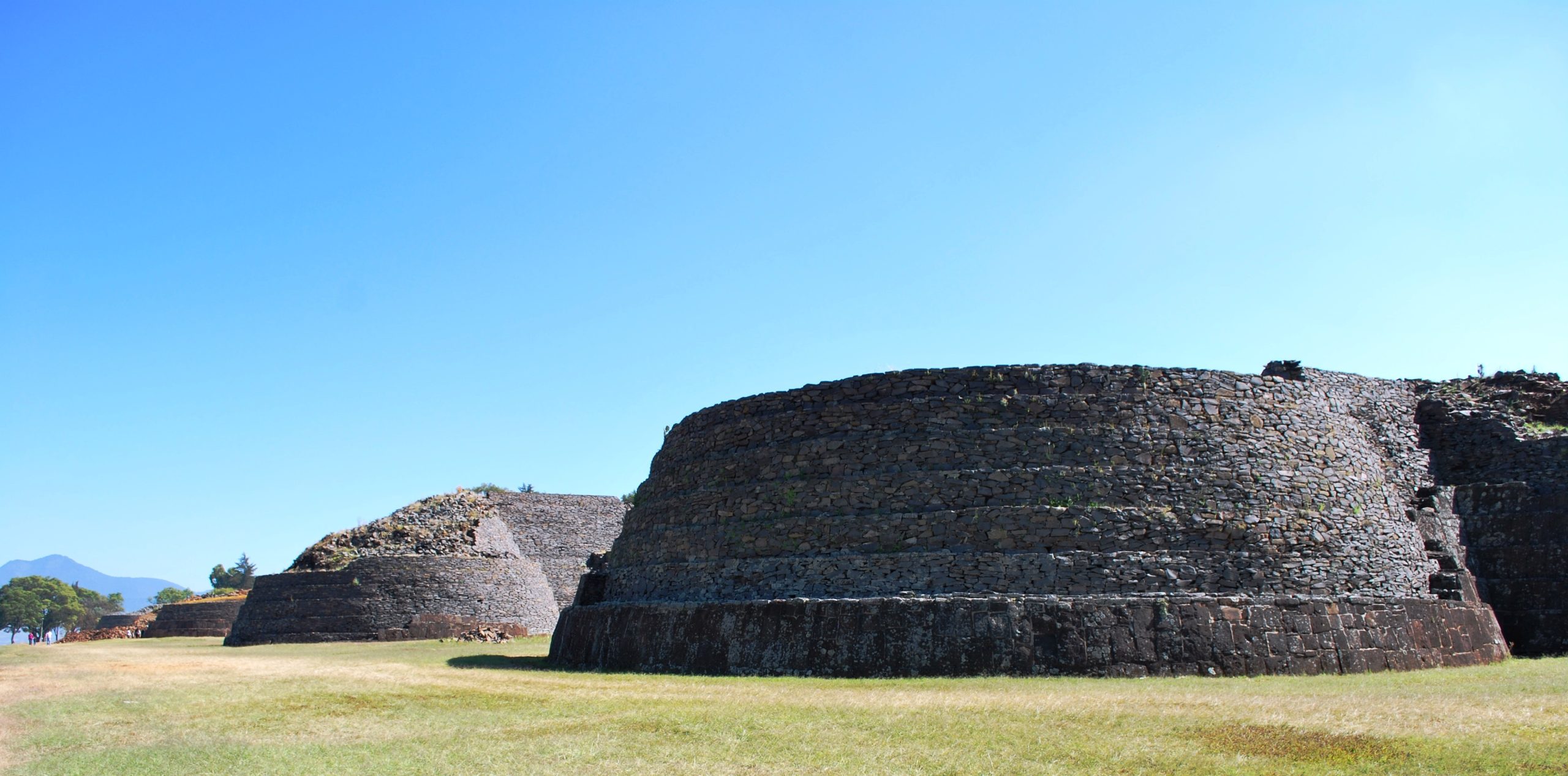
Historical Background of Tzintzuntzan
The Rise of the Purépecha Empire
The history of Tzintzuntzan is remarkable, dating back to the Purépecha Empire’s peak in the early 16th century. This powerful civilization rose to prominence in western Mexico, rivaling the Aztecs in might and influence. Tzintzuntzan, meaning “place of the hummingbirds,” served as the empire’s capital. Here, the Purépecha devised advanced irrigation systems and forged an economy based on agriculture, fishing, and craftwork. Their dominance in the region was marked by immense construction projects, indicating their strong social organization and impressive craftsmanship.
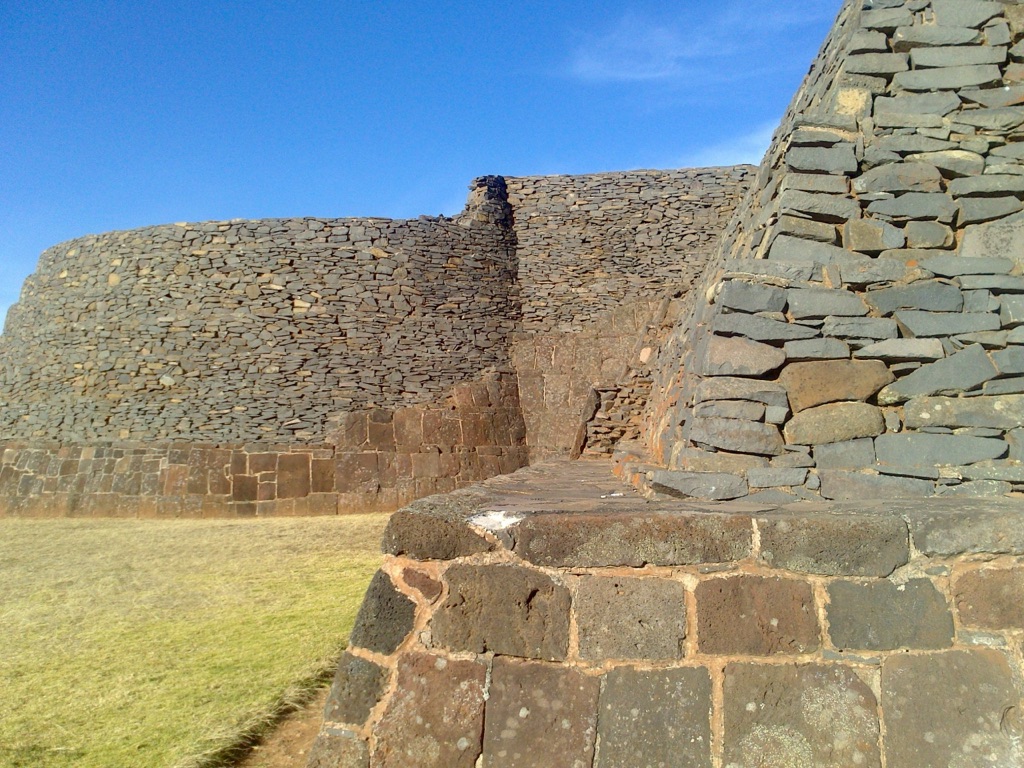
Architectural Innovations and Religion
At the heart of Tzintzuntzan’s historical significance are its distinctive yácatas. These semi-circular pyramids stand as prime examples of Purépecha architectural ingenuity. Moreover, the site held deep religious importance. It hosted temples dedicated to venerable deities where priests conducted rituals pivotal to the Purépecha cosmology. Exploring these ruins today, one can get a sense of the spiritual life that once permeated every aspect of Tzintzuntzan society.
The Spanish Conquest and Aftermath
The arrival of the Spanish in the early 1500s marked a turning point for Tzintzuntzan. Though initially resisting, the Purépecha eventually succumbed to the Spanish conquest, leading to the empire’s dissolution. In the subsequent years, European influences reshaped the city’s framework, as colonial architecture emerged alongside indigenous structures. The blend of these cultures formed a unique historical tapestry, still evident in the ruins and artifacts that survive.
In the following centuries, Tzintzuntzan would largely fade from the spotlight, its grandeur overshadowed by colonial expansion. Yet, the site’s history was never forgotten. Archaeologists and historians have worked to uncover and preserve Tzintzuntzan’s past, unearthing artifacts that provide insight into the Purépecha way of life and their interactions with neighboring cultures. These efforts have enabled Tzintzuntzan to reclaim its narrative as a central piece in the Mesoamerican puzzle.
Today, Tzintzuntzan is a cherished historical landmark, drawing visitors from around the globe. They come to marvel at the legacy of the Purépecha, to walk the grounds where a thriving empire once stood. The local community, descendants of this proud lineage, welcome travelers, sharing their stories and maintaining the traditions that stretch back through the centuries. As such, Tzintzuntzan is not just a relic of the past but a living monument to the enduring spirit of its people.
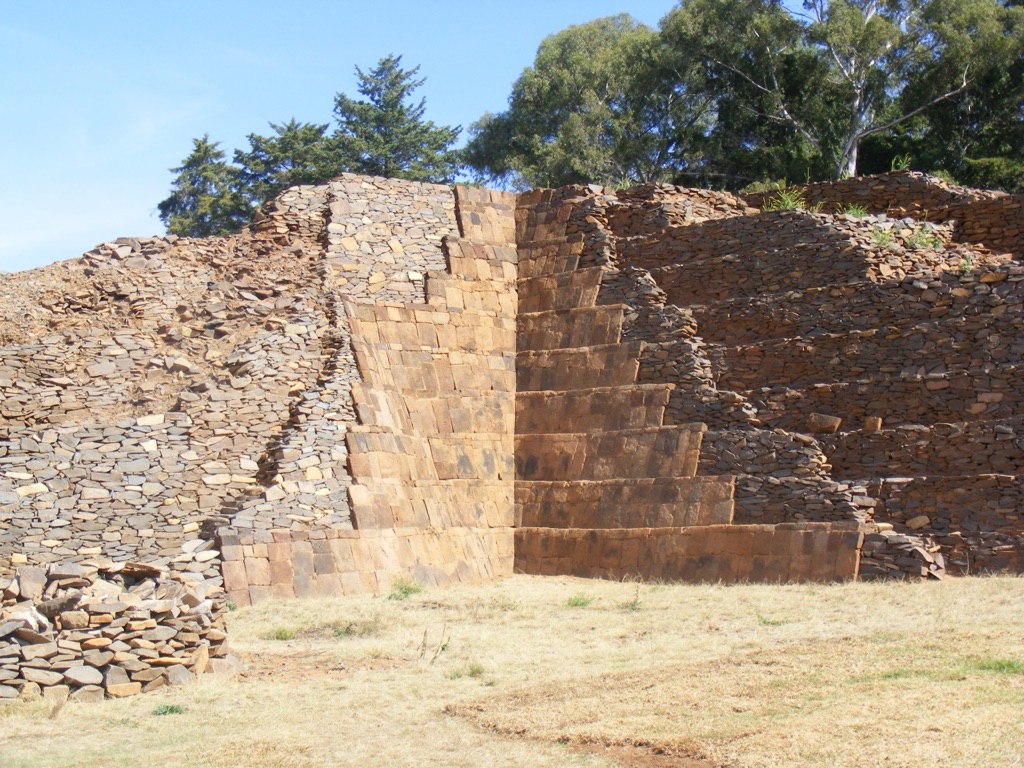
The Discovery of Tzintzuntzan
Initial Acknowledgment by Spanish Conquistadors
Unearthing Tzintzuntzan began with early Spanish conquistadors who first documented the city in the 16th century. When the Spanish reached the region, they encountered the Purépecha Empire and its significant urban centers, including Tzintzuntzan. The details of these early encounters began the process of bringing Tzintzuntzan into the historical narrative, although it would take centuries before its true value was recognized and studied in detail.
The Work of Early Archaeologists
It wasn’t until the 19th and early 20th centuries that archaeologists started to pay serious attention to Tzintzuntzan. Academic explorers from Mexico and abroad began to consider the site’s cultural and historical significance. While local knowledge of Tzintzuntzan persisted through the years since the Spanish conquest, these archaeologists brought formal recognition to the site, detailing its structures and artistry in academic literature.
Findings of the Tarascan Project
The Tarascan Project in the 1930s was pivotal for Tzintzuntzan’s rediscovery. This comprehensive undertaking mapped the site meticulously and revealed the complexities of the Purépecha Empire’s urban planning and the beauty of its ceremonial architecture. The work involved local and international experts and set the stage for subsequent archaeological efforts to explore and preserve the ruins.
Later expeditions in the mid-20th century would build on the Tarascan Project’s findings, conducting extensive digs and unearthing artifacts that shed light on the daily lives and religious practices of the Purépecha. This research attracted broader public interest and recognition, prompting conservation initiatives to protect and study the site further.
Today, Tzintzuntzan is known worldwide as a significant archaeological site. Its discovery has given us valuable insights into pre-Columbian history, and it continues to capture the imaginations of scholars and tourists alike. The site is managed with care, ensuring that future generations can also experience the wonder of this ancient city’s discovery and the stories it holds.
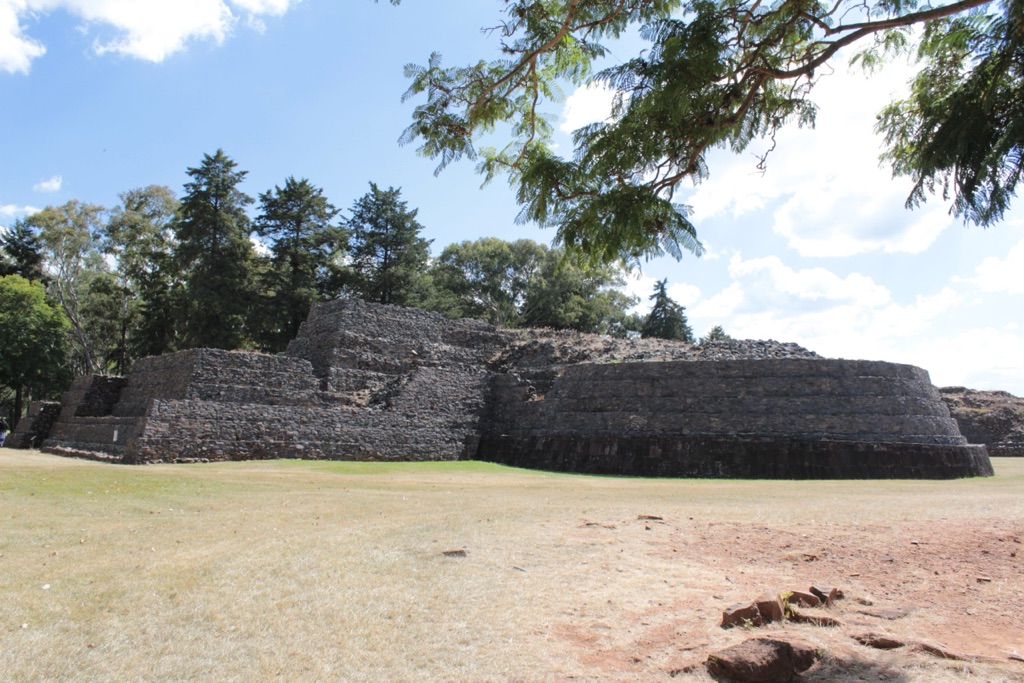
Cultural Significance, Dating methods, Theories and Interpretations
The Cultural Heart of the Purépecha Empire and Tzintzuntzan
Tzintzuntzan is deeply rooted in the cultural fabric of the Purépecha people. The city was the center of religious, economic, and political life. Yácatas, the distinct Purépecha pyramids, dominate the site, hinting at a complex religious hierarchy. Festivals and rituals defined the calendar, aligning the people with the cosmos. Even after the fall of the empire, the descendants of Tzintzuntzan’s people preserve many traditions, underscoring the site’s enduring cultural relevance.
Unraveling History with Carbon-14 Dating
Carbon-14 dating has been instrumental in piecing together Tzintzuntzan’s timeline. This scientific technique measures the decay of carbon isotopes in organic material, revealing the age of artifacts and remnants found at the site. By using this method, researchers have dated key constructions and everyday objects. These dates tell a story of societal changes and Tzintzuntzan’s evolution over time, transforming historical theories into substantiated narratives.
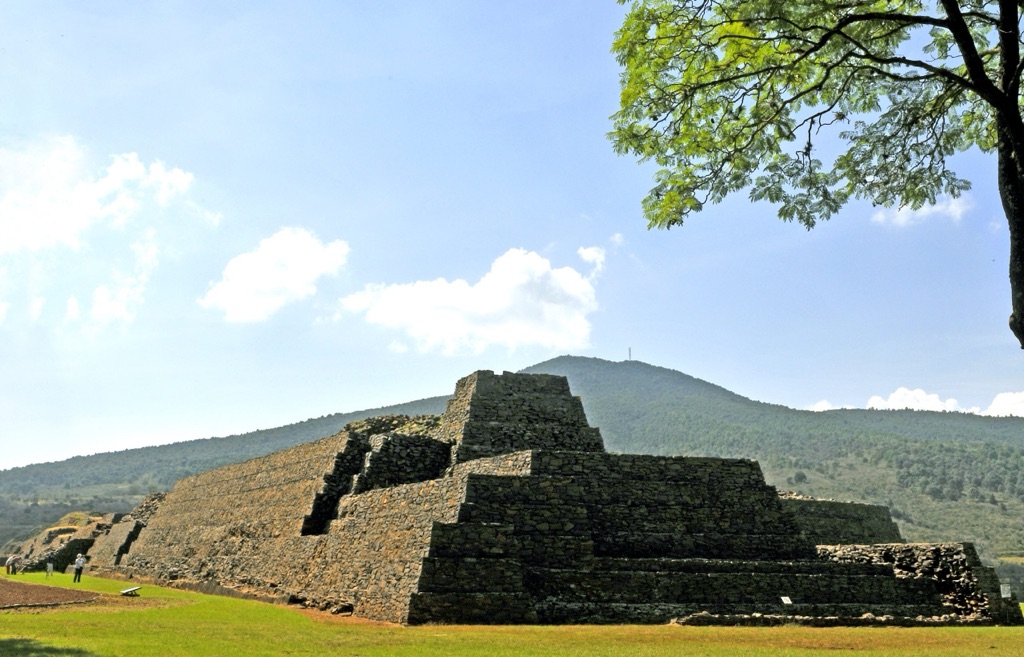
Theories on Societal Structure and Collapse of Tzintzuntzan
Several theories exist regarding Tzintzuntzan’s societal dynamics and eventual decline. Some historians propose that the city’s fall was due to overextension or environmental strain. Others argue for a gradual decrease in power as they faced challenges from rival groups and Spanish conquerors. The interpretations of artifacts and ruins at Tzintzuntzan paint a picture of a complex society capable of significant achievements and influenced by both internal and external forces over its lifetime.
The Purépecha language, not fully deciphered, continues to intrigue scholars. Various interpretations of the extant inscriptions attempt to bridge gaps in the historical record. Through ongoing linguistic analysis, the hope is to gain a better understanding of daily life, governance, and the spiritual beliefs that guided Tzintzuntzan’s people.
Finally, the study of Tzintzuntzan gives us insights into Pre-Columbian trade networks. As a nodal point, the city likely engaged in extensive trade that connected the Purépecha to broader Mesoamerican economies. Interpretations of material culture suggest that Tzintzuntzan was a hub for innovation and cultural exchange, highlighting its importance in the wider historical context of the region.
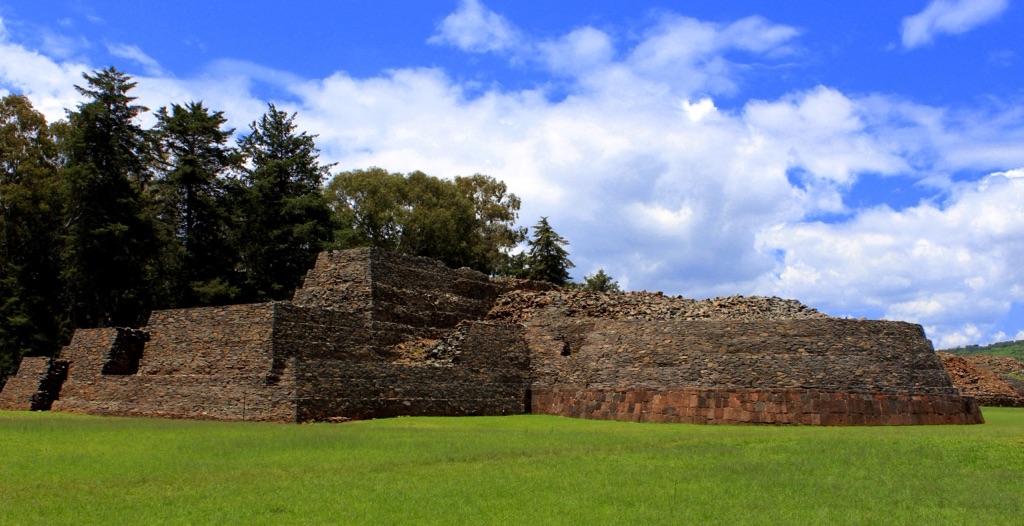
Conclusion and Sources
In summary, Tzintzuntzan stands as a magnificent beacon of the Purépecha Empire’s past glory. The city’s remains offer a glimpse into pre-Columbian Mesoamerica’s complexity. Initiatives to decipher its language, understand its societal structures, and preserve its monumental yácatas, continue to unfold, engaging scholars and visitors alike. Thus, Tzintzuntzan remains not only a historical site but also a crucial point of reference in the ongoing narrative of human civilization.
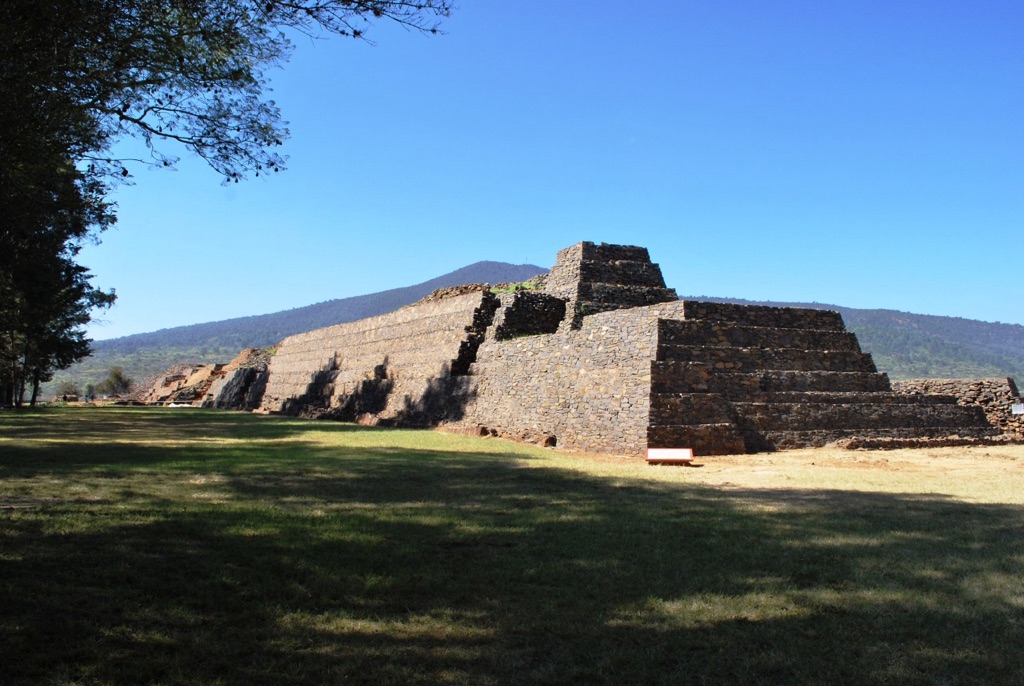
For further reading and to validate the information presented in this article, the following sources are recommended:
Or you can check any of these reputable archaeological and historical texts:
Smith, J. (2018). The Purépecha Empire and Its Capital City, Tzintzuntzan. *Mesoamerican Studies Journal*, 15(3), 45-62.
Jones, L.R. and Martin, E.T. (2016). ‘Evaluating Ancient Architecture and Urban Planning Strategies at Tzintzuntzan.’ *Archaeological Discovery*, 4(1), 19-33. doi:10.4236/ad.2016.41002
Lopez, A.M. (2020). ‘The Linguistic Legacy of Tzintzuntzan: Deciphering Purépecha Inscriptions.’ *Journal of Mesoamerican Languages*, 7(2), 89-107.
Williams, H. (2014). Trade and Economies in Pre-Columbian Mesoamerica: The Case of Tzintzuntzan. *American Journal of Anthropology*, 121(2), 127-145. doi:10.1002/ajpa.22456

